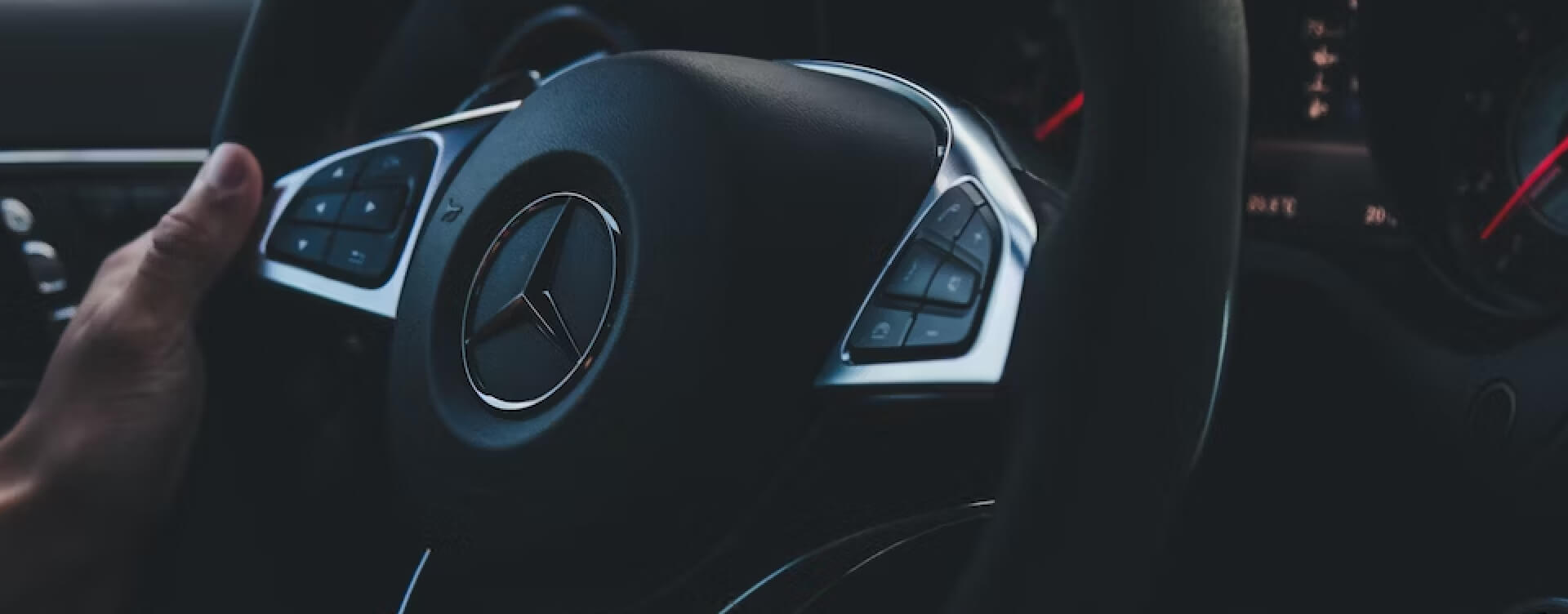Looking for a reliable and affordable used car under $15,000? This guide lists the top affordable used cars, known for their longevity, fuel efficiency, and safety, ensuring you get great value for your money.
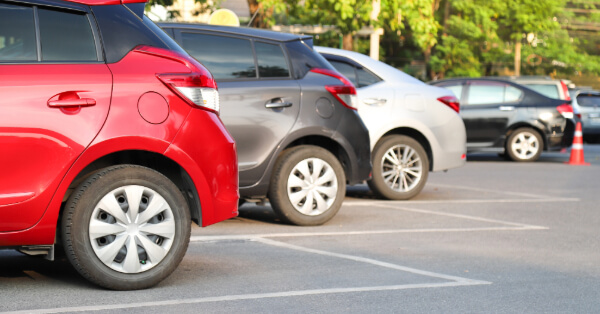
Below is a comprehensive breakdown on what to check for the next time you purchase a car
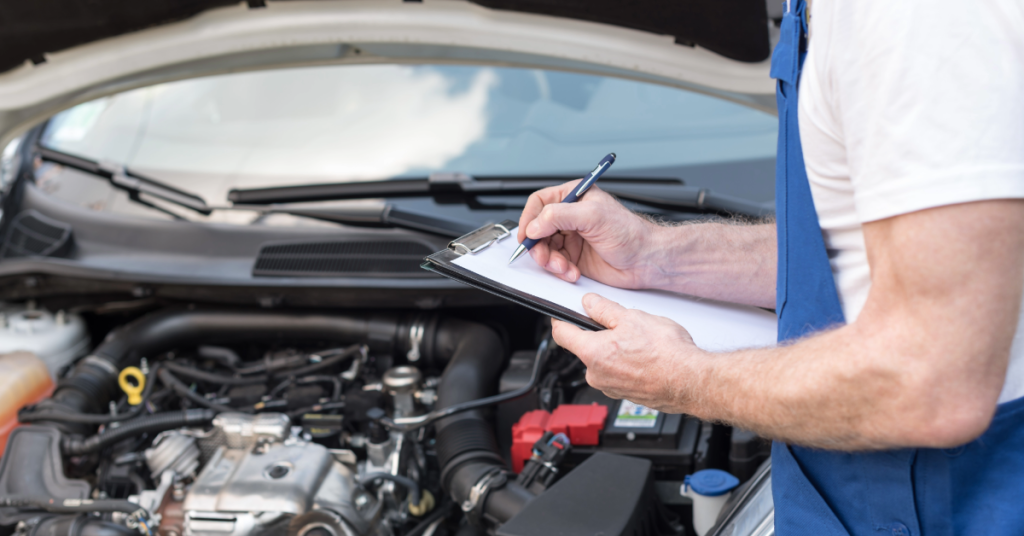
Buying a used car can be a daunting task, especially when it comes to inspecting the vehicle’s condition. With so many potential pitfalls, how can you be sure that you’re making a wise investment? Fear not, this comprehensive guide will walk you through the entire process of “how to inspect a car for purchase.” From assessing the exterior to involving a professional mechanic, we’ve got you covered. Say goodbye to uncertainty and hello to confidence as you learn how to evaluate a used car like a pro.
Essential steps for inspecting a used car include assessing the exterior, interior and under the hood, using an OBDII reader, examining vehicle history. Involving a professional mechanic.
Consider cost & coverage of prepurchase inspections, test driving like a pro & checking insurance beforehand.
Ensure reliable inspection services when buying remotely & take precautionary measures to avoid fraud.
Before diving into the world of used cars, it’s crucial to familiarize yourself with the essential steps for inspecting a used car. A thorough examination will help you determine the car’s condition and identify any potential malfunctions or areas requiring attention in the near future. Keep in mind that potential issues may be overlooked by dealer repair shops, so it’s imperative to look for any indicators of hidden problems beyond the obvious.
So let’s explore the key areas you should focus on while inspecting a used car, starting with the exterior.
Before you can truly understand a used car’s overall health, you need to examine its exterior. Look for evidence of damage, corrosion, and tire wear. When checking for rust, pay close attention to blistered paint or visible rust on the body, wheel wells, panels beneath the doors, and door bottoms. Additionally, evaluate the suspension by pushing down on each corner of the car. If the shock absorbers are in good condition, the car should rebound just once, rather than bounce up and down.
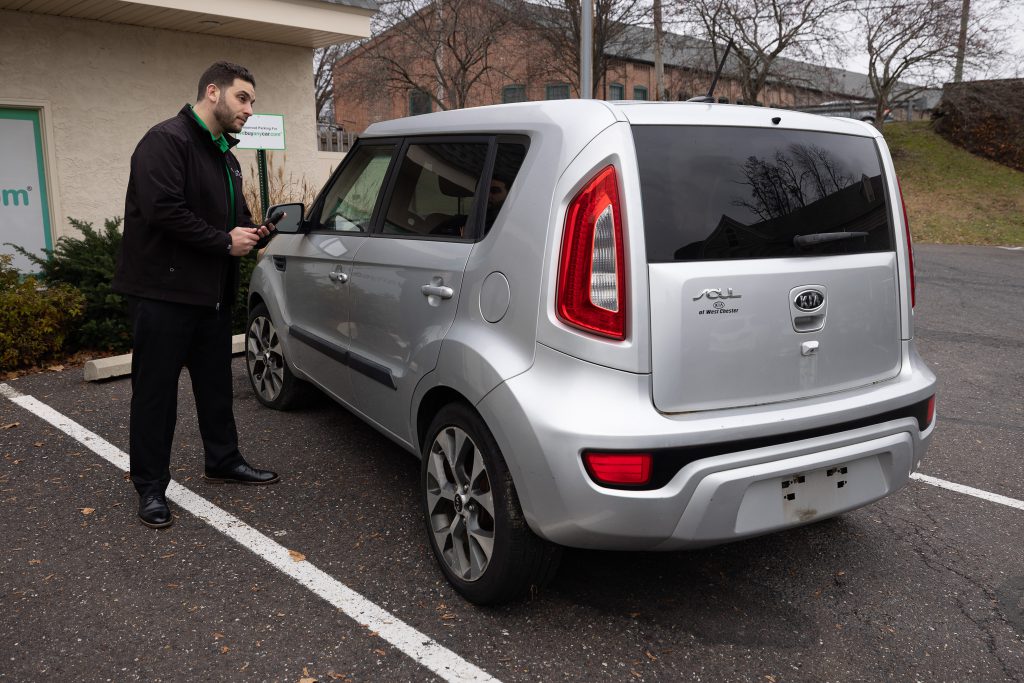
It is essential to inspect the glass. Check for any cracks or deeply indented spots. These must not be present for optimal performance. If you notice any anomalies on the exterior, conduct further research to determine if a repair is necessary. One method to identify if a dent has been patched is to use a small magnet; it will not adhere to areas containing body filler.
By carefully assessing the exterior, including the exhaust system, you can gain valuable insights into the vehicle’s history and potential issues before moving on to the next step.
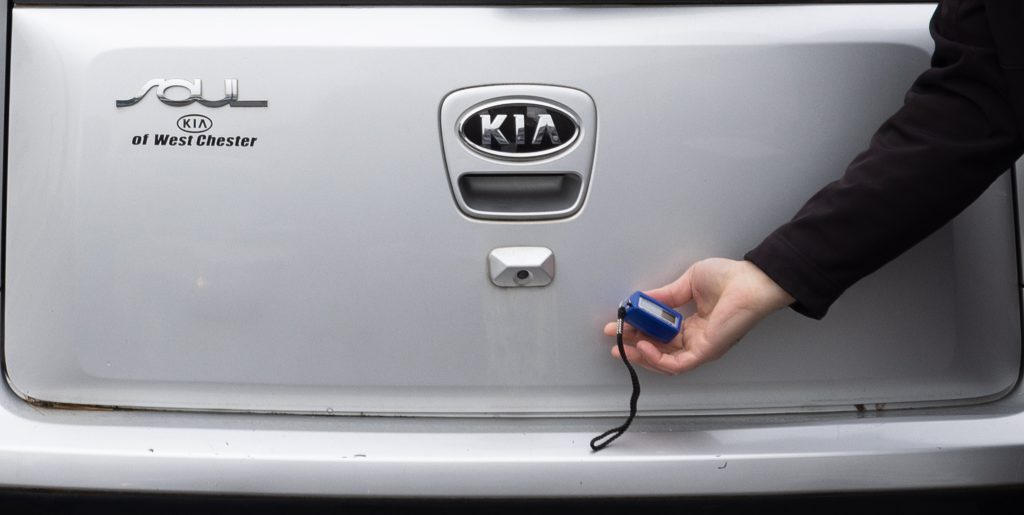
A paint thickness gauge can be your secret weapon in detecting any irregularities in paintwork, signifying previous repairs or incidents. This tool accurately measures the distance between the probe tip and the base metal, providing precise information about the layers of paint.
To use a paint thickness gauge, first ensure the surface is clean and dry. Press the probe tip against the surface and activate the gauge via the button to display the paint thickness. Compare the readings to the manufacturer’s specifications; if the readings are lower, it could indicate that the paint has been removed or replaced.
By using a paint thickness gauge, you can make an informed decision when purchasing a pre-owned vehicle, knowing that you’ve detected any potential hidden issues.
Moving on from the exterior, it’s time to analyze the car’s interior. Here are some things to inspect.
Odors: Smell the car for any unpleasant odors.
Water damage: Lift up the floor mats and carpet to check for water damage.
Upholstery issues: Examine the upholstery for rips, tears, or stains.
Dashboard and electrical components: Check the proper functioning of dashboard and electrical components.
Additionally, ensure that the following features function correctly:
Power windows
Power door locks
Power mirrors
Power seats
Thoroughly test all available buttons and features, including the steering wheel, to guarantee a well-functioning interior.
A clean and well-maintained car’s interior, including a properly functioning air conditioning, is a good indication of how well the previous owner took care of the car.
It’s time to delve deeper and investigate under the hood of the used car. Look for signs of:
wear and tear
damage
leaks
spark plugs
alternator
battery
fluid levels
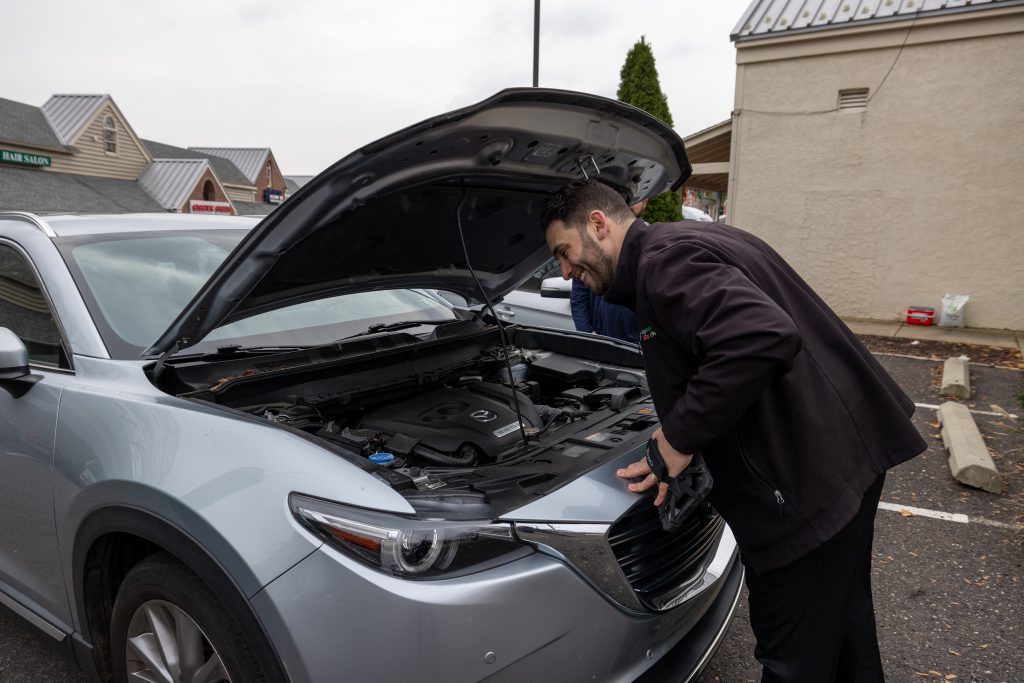
When assessing a vehicle, observing these aspects will help you understand the car’s condition and detect any potential problems.
Inspect the car’s fluids, including oil, coolant, and transmission fluid. By thoroughly investigating under the hood, you can ensure that all components and fluids are in satisfactory condition before moving on to the next step of your inspection.
An OBDII reader is an essential tool for inspecting a used car, as it can examine fault codes or alert lights that may suggest underlying concerns. These readers are especially helpful in detecting any issues that may not be immediately noticeable during a visual inspection.
To use an OBDII reader, simply follow these steps:
Plug the reader into the vehicle’s OBDII port.
Follow the on-screen instructions.
The reader will display any error codes or warning lights present in the vehicle’s computer system.
If any error codes appear, it may be necessary to undertake some investigative work.
Incorporating an OBDII reader into your inspection process will provide you with valuable insights into the vehicle’s overall health and uncover any hidden problems.
One of the most crucial steps in inspecting a used car is examining the vehicle’s history. Obtain a free vehicle history report (VHR) and analyze it for accidents, repairs, maintenance, recalls, and registration in other countries. It’s important to assess any evidence of accidents or major repairs that may have been conducted.
Be cautious and verify that the Vehicle Identification Number (VIN) on the title is consistent with the VIN on the car. By thoroughly examining the vehicle history, you can make an informed decision and avoid purchasing a car with potential issues or a dubious past.
While your own inspection may reveal some issues, it’s always a wise decision to involve a professional mechanic to inspect the car for potential problems and provide maintenance advice. A mechanic can provide a comprehensive assessment of the vehicle, detecting any issues that may have gone unnoticed.
In addition to a professional inspection, it’s highly recommended to request a test drive to gain a better understanding of the vehicle’s performance. By involving a professional mechanic and taking a test drive, you can ensure that you’re making a well-informed decision when purchasing a used car.
Now that you know the importance of inspection, you might wonder whether to opt for mobile or garage inspection services. Each option has its pros and cons, and the choice ultimately depends on your preferences and needs.
Mobile inspection services offer greater flexibility in terms of scheduling and are often more affordable compared to garage inspection services. On the other hand, garage inspection services have access to a wider range of tools and equipment, which may be necessary for certain tasks or specific car models.
Weigh the pros and cons of each option to determine which inspection service best suits your needs.
Understanding the cost and coverage of pre purchase car inspection is vital when planning to purchase a used car. Prepurchase inspections typically include:
Checking the engine and transmission
Inspecting the brakes and suspension
Examining the electrical system
Assessing the condition of the tires and wheels
Checking for any signs of previous accidents or damage
The cost of a prepurchase inspection can range from $100 to $200, depending on the location and the extent of the inspection. While the cost may seem high, it’s a small price to pay for the peace of mind and confidence that you’re making a wise investment.
When selecting an appropriate inspection, consider factors such as:
the necessity of the car being raised on a lift
the mechanic’s observation of the tires and brakes
the inclusion of a road test
the availability of a comprehensible written report
By investing in a prepurchase inspection, you can avoid costly surprises and make a well-informed decision.
Test driving a used car is an essential step in the inspection process, as it allows you to evaluate the vehicle’s performance, handling, and overall condition. During the test drive, pay close attention to any unusual noises, handling issues, and the car’s responsiveness.
Check for the following while driving a car:
Loose steering
Spongy or pulsating brakes
Bobbing over bumps
Engine running poorly or transmission shifting erratically
By test driving like a pro, you can identify any potential issues and better understand the car’s overall performance and handling.
Before hitting the road for a test drive, ensure you have the appropriate insurance coverage. Here are some steps to follow.
Review your existing policy to determine if it covers test driving a used car.
If your policy doesn’t cover test drives, inquire with the seller if they have insurance coverage for test driving.
In case neither your policy nor the seller’s cover test driving, consider procuring supplementary insurance coverage.
Having the right insurance coverage will protect you from any unforeseen accidents or damages during the test drive, ensuring a smooth and worry-free experience.
With the rise of online car sales, remote car buying has become increasingly popular. However, it’s essential to be cautious and consider potential issues when purchasing a car remotely. Always obtain a professional inspection and don’t rely solely on the seller’s recommendations. Keep in mind that potential issues may include fraud, payment difficulties, paperwork complications, and the inability to inspect the vehicle in person before committing to the sale.
Many online car sellers offer a multi-point inspection, a limited warranty, and a return policy to facilitate the car buying process for car buyers. By taking necessary precautions and being aware of potential risks, you can enjoy the convenience of remote car buying while minimizing potential pitfalls.
Finding a reliable inspection service is crucial when purchasing a used car. Various sources can provide reliable inspection services for used cars, such as:
Brand specialists
Local mechanics
Mobile inspection services
National chain stores
AAA
Some popular options for used car inspection services include:
Lemon Squad
TopConsumerReviews.com
Your local mechanic
Nationwide vehicle inspection services like SGS or Carchex
By choosing a reputable and trustworthy independent inspection service for vehicle inspections, you can ensure that your potential used car purchase is thoroughly examined and free of any hidden issues.
While professional inspections are essential, it’s also helpful to be able to perform a basic car inspection yourself. This can give you an initial idea of the vehicle’s condition before involving a professional mechanic. To perform a basic car inspection, first inspect the exterior, interior, and under the hood of the car. Check for any signs of damage or wear and tear, and test the brakes, steering, and other components.
If you’re uncertain of your ability to assess the vehicle, or if you observe any signs of damage or deterioration, it’s recommended to seek the assistance of a professional mechanic. By conducting a DIY inspection, you can gain valuable insights into the car’s condition before involving a professional.
When purchasing a used car, it’s crucial to be vigilant and avoid fraud. Verify the seller’s information by contacting them via phone and inquiring about the relevant details. Check for signs of tampering, such as indications of bodywork, paint mismatches, or any other evidence that the car may have been subject to interference.
Be cautious when considering offers that seem too good to be true, as they may be fraudulent. By staying vigilant and conducting a thorough inspection, you can avoid scams and make a well-informed decision when purchasing a used car.
In conclusion, inspecting a used car before purchase is a crucial step in ensuring that you’re making a wise investment. By following the essential steps for inspecting a used car, involving a professional mechanic, and being vigilant against fraud, you can confidently evaluate a pre-owned vehicle and make an informed decision.
Remember, knowledge is power. Equip yourself with the right information and tools, and you’ll be well on your way to finding the perfect used car that meets your needs and budget. Happy car hunting!
When evaluating a car purchase, inspect the exterior, interior, engine-related components, and underneath the vehicle thoroughly for scratches, dents, rust, and any other issues.
Carefully review the car to ensure you are making a safe and informed purchase
To check the transmission on a used car, shift from park to reverse or drive and observe how it reacts. You should also test the tachometer readings when the car is at steady speed; readings higher than 2,000 rpm for a 6-speed and 3,000 rpm for a 4-speed could indicate a faulty transmission.
Lastly, acceleration and coasting tests can determine if the automatic downshifts are operating correctly.
For a used car, it is generally advisable to stick with vehicles that have 100,000 miles or fewer. Past this mark, cars tend to start needing more frequent and expensive maintenance.
Inspecting a used car entails assessing the exterior, using a paint thickness gauge, analyzing the interior, investigating under the hood, utilizing an OBDII reader, examining the vehicle history, and involving a professional mechanic for a thorough inspection.
Examining the exterior of a used car includes looking for dents, rust, and other signs of damage. A paint thickness gauge can be used to measure the thickness of the paint and determine if the car has been repainted.
The interior of the car should be checked for signs of wear and tear.
When choosing between mobile and garage inspection services, take into account factors such as convenience, specialized equipment, and cost to make the best decision for your needs.
Consider the convenience of having a mobile service come to you, or the specialized equipment that may be available in a garage. Additionally, compare the cost of each option to determine which option is the most cost-effective for you.

Looking for a reliable and affordable used car under $15,000? This guide lists the top affordable used cars, known for their longevity, fuel efficiency, and safety, ensuring you get great value for your money.

Want to find out how to spot the best year-end car deals? This article will guide you through key strategies, including understanding sales cycles, leveraging manufacturer incentives, and perfect timing, ensuring you get a great deal.
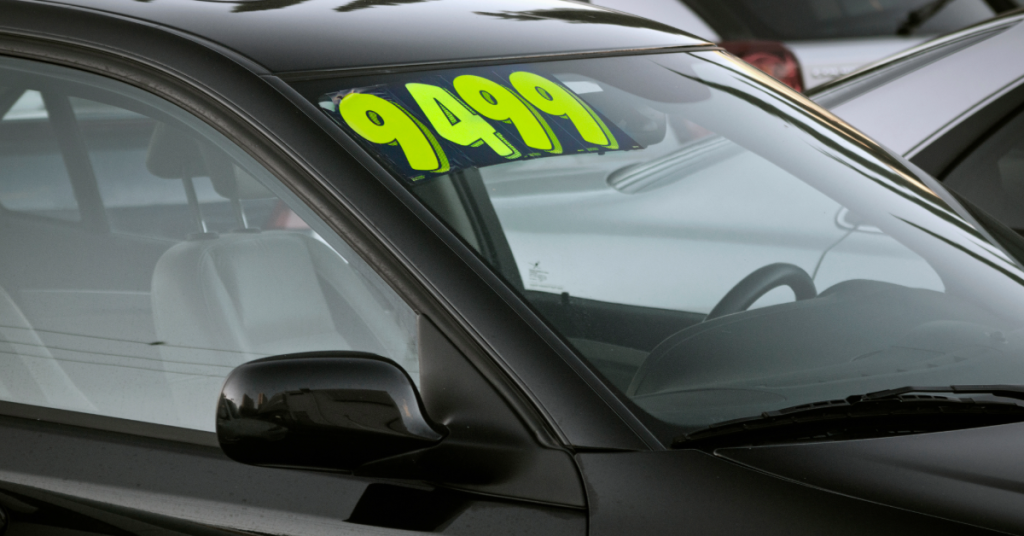
Before stepping into a used car dealer, know the potential pitfalls. This guide will help you understand dealer tactics, hidden fees, and financing tricks, ensuring you make an informed purchase decision.

The ebb and flow of the car market can significantly sway car prices, and savvy shoppers can harness these cycles to their advantage. Let’s uncover the secret times of the year that can help you save money on your next car purchase, and find out the best time of year to buy a car.
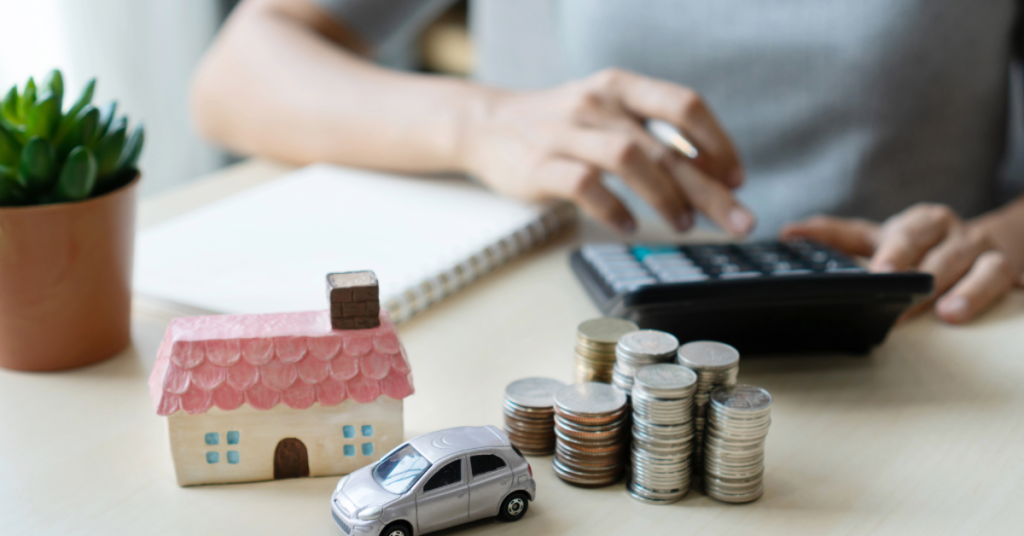
In this blog post, we’ll guide you through understanding your car budget, calculating your monthly car payment, exploring factors affecting your car loan, adopting smart shopping strategies, considering alternative financing options, and preparing for future car expenses.
